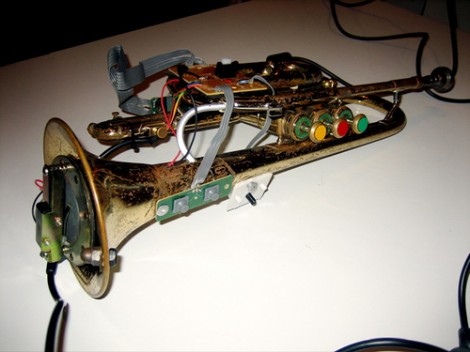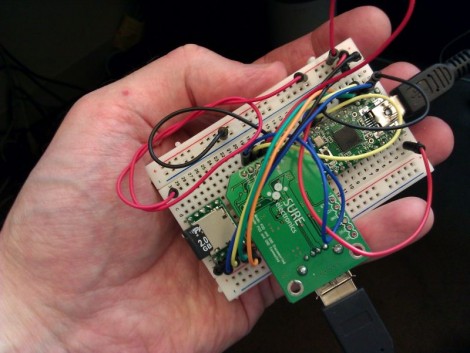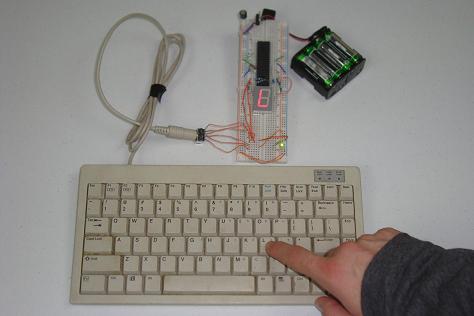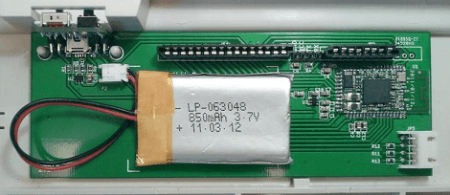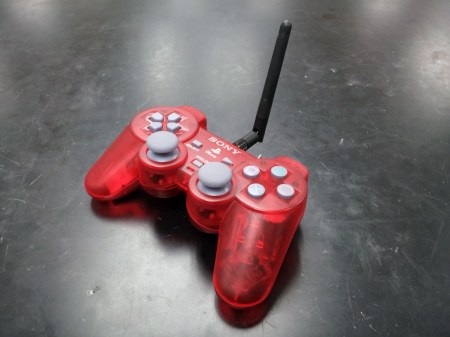
So you’ve got a really cool project that requires a wireless controller and a ton of different channels. What are you going to do? Are you going to go pick up an expensive RC controller? Nah, you’re going to build your own. This project makes a generic 20 channel controller for your projects by stuffing an SMDuino and an XBee module inside a ps2 controller. Unfortunately you lose the force feedback since you have to remove the motors to make space for the extra components and batteries. You do end up with a decently ergonomic and aesthetically pleasing controller though.
Continue reading “Universal 20 Channel Project Controller From A Ps2 Controller”

